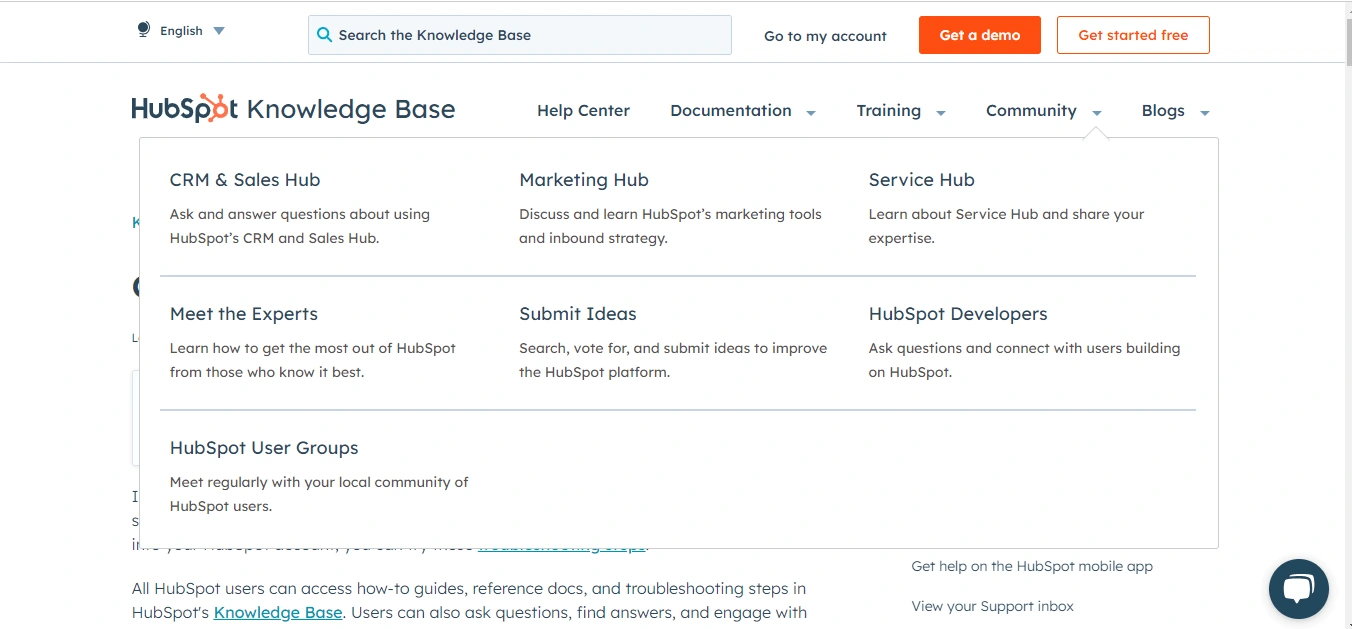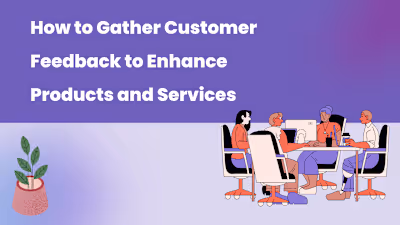Importance of Customer Success Segmentation

The importance of customer segmentation lies in its ability to help businesses understand their customers' needs, preferences, and behaviors. By segmenting customers, businesses can create relevant user experiences and develop targeted marketing strategies that speak directly to the interests of their audience.
In this article, we’ll cover what customer segmentation is and why it’s important in the customer journey.
What is Customer Success Segmentation
Customer segmentation refers to the process of dividing customers into groups based on specific characteristics, such as behavior, usage patterns, and preferences.
By segmenting users, companies can better understand their customers, personalize their experience to match users' preferences and customize their products to solve their pain points.
Why is Customer Segmentation Important
With such incredible diversities of individuals and personas, effective customer segmentation is the most appropriate way to reach customers with the right information at the right time.
Here are other reasons why customer segmentation is important:
Helps create a personalized experience for the user
Personalization helps brands create experiences tailored to individual customer’s needs or preferences.
Customer segmentation facilitates personalization by tracking users’ in-app behavior, activities, and purchase history to provide experiences and recommendations that can help them achieve their goals faster.
Take self-help resources as an example. With segmentation, you can show new users resources that are relevant to their stage in the user journey and hide more advanced options. This way, they get only the information that’s relevant without feeling overwhelmed.

CaseStudy: Monday.com
Monday.com is a CRM tool that helps teams collaborate and keep records of their work effectively. Right from the homepage, users can choose their job to be done to start personalizing their experience.

On the welcome page, they collect more information about the user with an onboarding survey. They ask about the user’s occupation and why they want to use their product further to personalize their messaging, marketing, and in-app experience.
When users sign in, they can choose to use customized templates or start from scratch, customize their color scheme, add a profile picture, or include team members. Users can also create timelines and deadlines that are personalized to their preferences.
Improved Customer Service
Companies that segment their customers provide better customer service. In a study by Proprofs, 55% of consumers become customers because of a brand's reputation for great customer service.
By segmenting customers, companies can identify potential issues faced by each segment, thus enabling more efficient and effective solutions.
Through segmentation, you can also collect valuable insights about your customers' needs, allowing you to optimize your product so it meets their needs. This way, customers have a more positive experience and, in turn, become loyal to your brand.

CaseStudy: Hubspot
Hubspot offers a range of inbound marketing and sales software. They segment their customer service based on the product that the customer is using to manage their support requests. For example, they have separate support teams for the hub, such as marketing, sales, and the service hub product.
By segmenting their support teams, users get more personalized support, a faster resolution time, and better use of their resources.
Improved offerings
By leveraging segmentation, companies can make their products more attractive and valuable to customers. You can identify one-time customers and design a strategy to return them.
As a result, you better understand your customers, recognize areas for improvement, and tailor products to meet their preferences. You can make use of customer feedback, market research, and data analysis to improve product features and enhance the users’ experience.
By fine-tuning offerings, companies can stay ahead of competitors and increase customer satisfaction, retention, and loyalty, thereby driving business growth.
For example, Salesforce uses segmentation to focus on a particular customer type. This could be small businesses, enterprises, or nonprofit organizations. By personalizing their offerings and messages to each segment, they deliver more meaningful and efficient solutions that cater to each specific group’s needs.
Price optimization
Segmentation reveals the perfect equilibrium between profit and value. A study conducted by the Harvard Business Review discovered that a 1% improvement in price optimization can bring an average boost of 11.1% in profit. This emphasizes how integral setting prices is to each unique business circumstance.
Through customer segmentation, B2B companies can quickly pinpoint the price sensitivity of various customer segments. Using this data, customer success teams can focus on personalizing the pricing of various customers based on demographics, location, or purchase history.
Also, segmentation allows SaaS companies to implement a dynamic pricing strategy so customers can pay for a product based on demand.
Increased revenue
Using SaaS metrics, segmentation boosts revenue through improved customer engagement, loyalty, and satisfaction. Companies can identify who their promoters and detractors are. Therefore, this enhances the experience of the detractors and leverages that of the promoters. On account of this, it optimizes referrals and growth. For instance, you may detect a segment lacking engagement with your product. You can develop a specific approach to generate more revenue for this segment.
More importantly, companies can provide more personalized experiences that resonate with customers. Thus encouraging them to make repeat purchases, which increases profitability,
Better marketing campaigns
With segmentation, brands can gather valuable insights into their customers' behavior, which helps them create targeted messaging to reach their audience more precisely. By creating more targeted marketing campaigns, companies can avoid wasting resources and reach customers at the right time.
In addition, segmentation improves communication between brands and customers. When customers feel understood, they’re more likely to convert into paying customers.
Higher ROI and CRO
Simply put, ROI measures the profitability of your investment. Companies can effectively meet customers' needs and expectations by segmenting and targeting users. This increases customer engagement, which in turn improves customer satisfaction.
For example, companies can use segmentation to identify high-value customers and offer exclusive discounts or promotions. Segmentation also helps to create better marketing campaigns that are relevant and persuasive, resulting in higher conversion rates.
Conclusion
Customer segmentation guides companies' efforts toward customer success. With it, companies can collect data that helps them understand their customers better and create a more user-focused experience for their customers’ journeys.
Like this project
Posted Jul 26, 2024
Customer segmentation guides companies' efforts toward customer success. With it, companies can collect data that helps them understand their customers better.
Likes
0
Views
36





